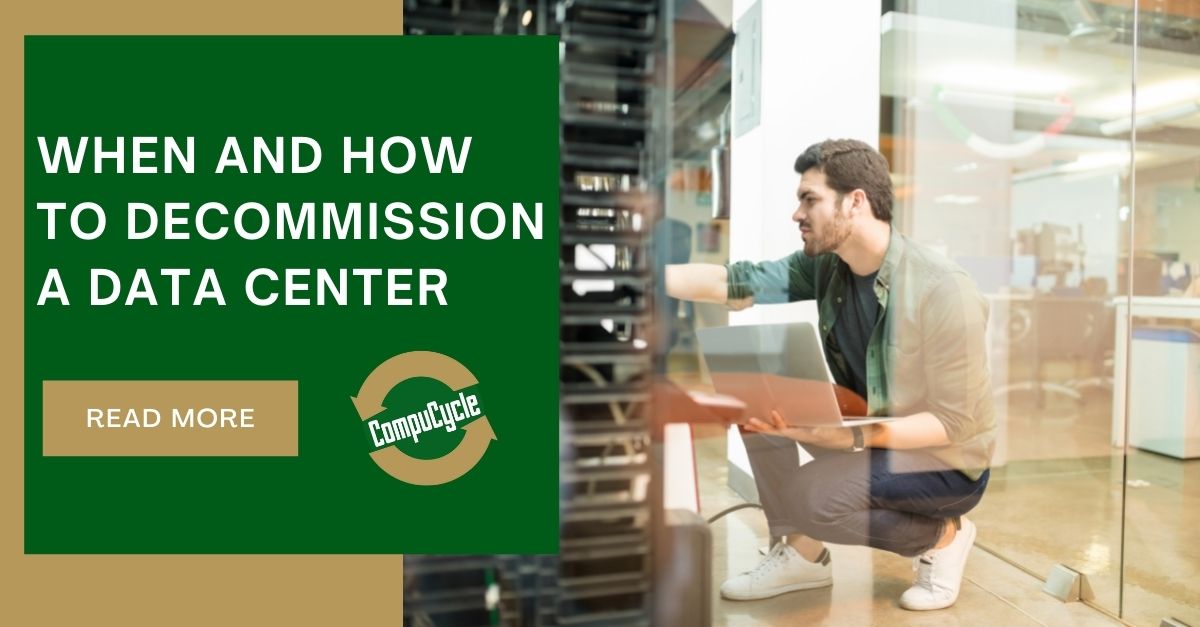
Most businesses today rely on lots of technology to deliver the level of service that modern consumers expect. Needless to say, no organization today can survive without a significant investment in its IT capabilities. This is especially true for businesses that aspire to grow beyond their locality.
Growing in size normally means acquiring technology that helps you sustain that growth and function efficiently. The most common acquisition for large and small businesses alike is a data center in the age of information.
As organizations grow in size, the need for a data center becomes clearer each day. It is impossible to communicate, plan, coordinate without a data center in this day and age. Well, it is possible if your organization is rather small and doesn’t have a lot of technology-intensive requirements. It is also possible if you decide to use several different external platforms simply.
The former is increasingly being run out of business because technology-intensive businesses, regardless of size, are more efficient than those that aren’t. The latter, you will find, is cost-prohibitive, and you will eventually face the same obstacle as the former.
This reliance on data centers has created a new challenge. Technology, like most things in life, eventually falls victim to entropy. That is, they become inefficient, faulty, or insufficient to the business’ needs. At this point, most organizations must undertake the process of data center decommissioning. Today we’ll look at when you should begin decommissioning a data center and tips on how to do it.

Data Center Decommissioning: When to Do it?
The need for decommissioning a data center typically arises under one of the following circumstances:
Out with the Old: Technology constantly evolves with faster, more cost-effective, and more reliable options being produced every year. At some point, the benefits of a newer data center will outweigh the cost of decommissioning your old one.
Switching Platforms: It is possible that the numbers no longer support the case for a data center and that you could achieve better results with third-party applications.
Consolidation or Colocation: You may wish to move your data centers across multiple locations for greater efficiency, security, and support. The opposite is also possible. You may wish to have it all in one central location for maximum ease. In either case, you will have to undergo data center decommissioning.
While these are the major reasons you may wish to undertake a data center decommissioning, we haven’t mentioned plenty of others. The reasons can be endless, but the general principle remains the same.
Tips on Decommissioning a Data Center
Our advice is always that no organization should attempt to decommission a data center on its own. This is because data centers are the brains that power most of the technological resources in your organization. One small misstep and it could all come tumbling down.
There is also concern regarding sensitive data. Data centers house some of the most confidential and sensitive information within your organization. Professional data center decommissioning companies like us have the required expertise to prevent this data from getting into the wrong hands.
Datacenter decommissioning service providers have years of experience in dealing with sensitive data and have processes and workflows that manage your equipment with the utmost care. With that out of the way, let’s look at how decommissioning a data center works.
Three main steps are carried out when decommissioning a data center properly. These are:
Step 1: Auditing and Planning
Any good decommissioning process begins with an asset inventory. You need to record and track each component within the data center to know exactly what resources you need to deal with over the decommissioning process.
This is followed by designating a point-person to lead the process. The leader will mobilize stakeholders and keep them in the loop regarding the decommissioning. A timeline for completion, budget, and proper documentation to record the scope of the task also need to be prepared.
Once all of the above is complete, appropriate resources must be selected and deployed to manage the whole process. You may have noticed that this is mostly project management 101. Decommissioning a data center will require both organizational and technical support to succeed seamlessly. Make sure you invest enough effort in this stage of the process.
Step 2: Decommissioning a Data Center
Upon completion of the above, you are ready to decommission the data center. Organizations should, at this stage, ensure that there are backups of all files housed in the data center in case something goes awry.
The equipment should then be disconnected from the network so the decommissioning can take place. Finally, there must be reliable documentation of every action the decommissioning team takes.
This will allow for a clear record of what equipment was decommissioned, where it is now, and whether there were any problems with the process. Outside of decommissioning a data center, maintaining a paper trail is simply good business practice.
Step 3: Disposal
This is the final step in the process. Your data center is decommissioned, and now you can dispatch all the items that will be exported or reused later. The finance department should receive all documentation pertinent to this step.
Why Choose Us?
Throughout this process, you will see exactly the kind of value we bring to your organization. We have an efficient and highly transparent process for managing your assets. During the audit process, we scan each item and log it onto our inventory management system. We can track each asset in this way. If some equipment is missing, we report it to you immediately.
Once this process is complete, we package the items for transport. It is important to know, and we even get to the disposal part of the decommissioning, we can offer a rough estimate of how much value you can expect on all your disposed items. What makes us stand out is that we can handle data centers of any size, all over the U.S.
Final Word
Decommissioning a data center is a long and arduous process that needs to be handled with immense care and diligence. You should seek professional data center decommissioning companies like us to ensure that everything works out as smoothly as possible.
Recent Articles
CompuCycle Becomes Exclusive Woman-Owned E-Waste Processor in Texas with ISO 27001 Data Security Certification
New Information Security Management System (ISMS) Certification Guarantees End-to-End Data Confidentiality and Integrity for Corporate IT Asset Disposition (ITAD). HOUSTON, TX – December 9, 2025 – CompuCycle, an industry leader in secure and sustainable IT…
Read MoreSecure Electronics Disposal in Houston: Why the City’s Largest Industries Trust CompuCycle
When a major healthcare system decommissions thousands of laptops, or an oil and gas company retires an entire data center, one question comes up again and again: What happens to all that data — and…
Read MoreCompuCycle Executives Join R2 TAC and e-Stewards Leadership Council to Advance ITAD Standards
Houston-based ITAD provider deepens its industry influence through active participation in standard-setting committees. As corporate ITAD needs evolve alongside stricter compliance and ESG requirements, CompuCycle continues to lead the way—this time by contributing directly to…
Read MoreI’m Just a Computer: A Journey Through ITAD Recycling
Meet Chip the Computer – he’s about to take you on an unforgettable journey through the world of IT Asset Disposition (ITAD). Buckle up for an adventure that’s both educational and entertaining! Chapter 1: “Hello,…
Read More


